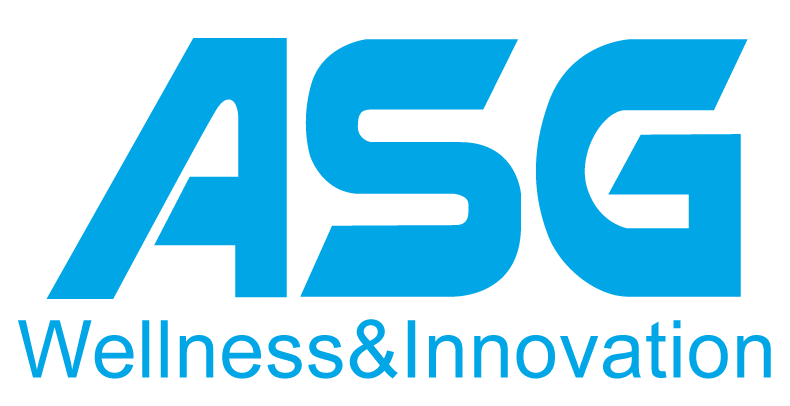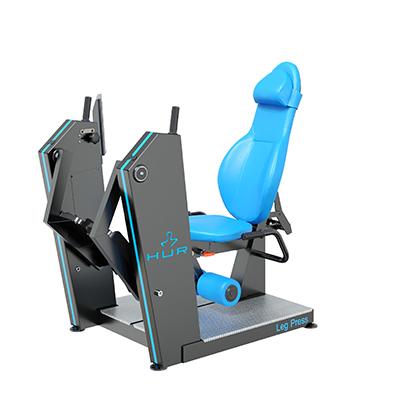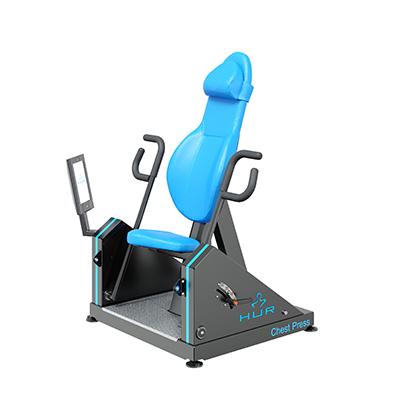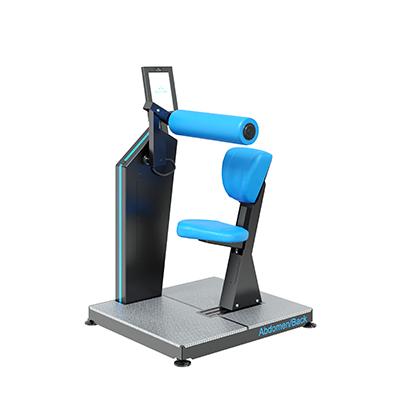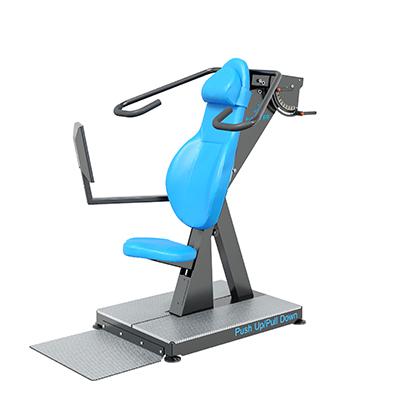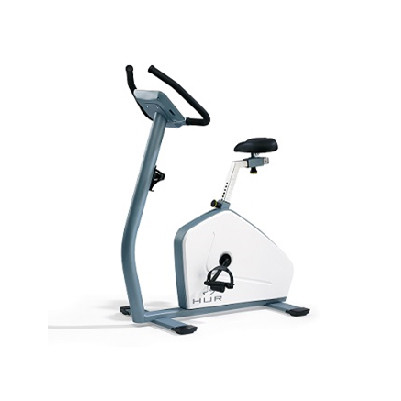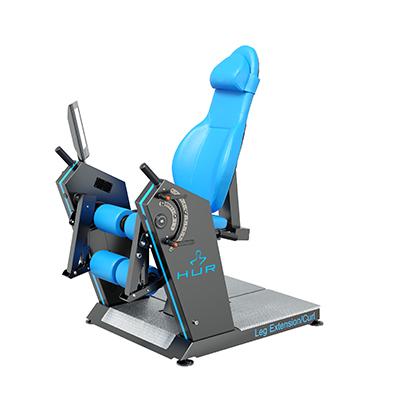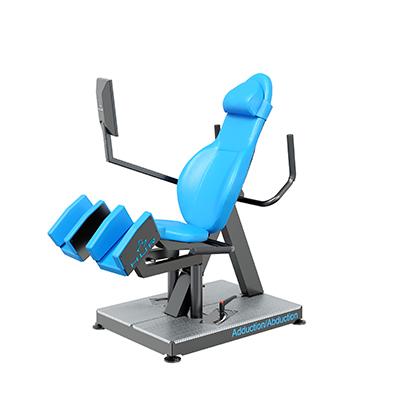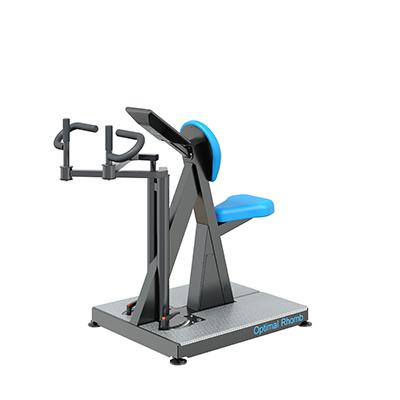HUR MEDICAL CONCEPTS
Cardiac Rehabilitation
CAD is a disease caused by plaque building up along the inner walls of the coronary arteries. Arteries becomes narrow and blood flow to the heart reduces causing ischemia.
CAD is strongly connected to lifestyle, especially the use of tobacco, unhealthy diet habits, physical inactivity, and psychosocial stress. The current guidelines for exercise training and physical activity in CAD shows that evidence for exercise training in CAD patients is at highest level in terms of both in recommendations and scientific justification stratification.
The HUR cardiac rehabilitation concept helps the rehabilitation professionals to provide the best practice of exercise as medicine based on the latest international treatment guidelines to promote CAD patient to regular weekly habitual physical activities and exercise training regimen.

The components of cardiac rehabilitation include patient assessment, physical activity counseling, exercise training, nutritional counseling, weight control management, lipid management, blood pressure monitoring, smoking cessation, and psychosocial management
Most importantly, it has been stated that many of the above-mentioned risk factor improvements occurring in cardiac rehabilitation can be mediated through increasing daily habitual physical activity and exercise training.

The HUR Cardiac rehabilitation concept helps the rehabilitation professional to provide best practice of exercise as medicine, based on the latest international treatment guideline enabling the earliest return to daily life and activity.
Role of strength training in cardiac rehabilitation
Skeletal muscle is the primary tissue for glucose and triglyceride metabolism and a determinant of resting metabolic rate.
Therefore, increase in muscle mass reduces multiple CAD risk factors . Cross-sectional studies have shown that muscular strength is inversely associated with all-cause mortality and the prevalence of metabolic syndrome independently of aerobic fitness levels

Furthermore, increased muscle mass can improve the individual’s ability to become more physically active, raise the basal metabolic rate, and in older people, improve the ability to perform activities of daily living, decrease fall risk, and increase the quality of life.
Both research findings and clinical experience indicate that strength exercise is safe for stable CAD patients. For patients at moderate to elevated risk of adverse cardiac events, strength training can be safely undertaken with proper preparation, guidance, and surveillance.
Outcome measures

In order to gather information on the baseline status and effectiveness of the rehabilitation process, each patient is evaluated individually
The maximal isometric strength of big muscle groups can be evaluated by the HUR Performance Recorder for the assessment of side-to-side differences and to document changes in strength after the intervention. The Performance Recorder can be directly connected to all HUR exercise machines, which are equipped with the isometric testing sensor attachment.
Recommended HUR equipment for Cardiac Rehabilitation

MORE INFORMATION
For a free consultation or other information please contact ASG Wellness sales team:
Email: [email protected]
Hot-line: 092-819-1618
Phone: 02-416-1666 (Auto)
Line@: @asgwellness
